1. Analysis
1.1. UdB
1.1.1. Essential Questions
1.1.1.1. >"Big Picture" questions
1.1.2. Enduring Understandings
1.1.2.1. >Absolute, essential truths, boiled down to final relevancy
1.1.3. Backward Design
1.1.4. Planning Template
1.1.4.1. Lesson Planning
1.1.4.2. Unit Planning
1.2. Match Standards
1.2.1. Common Core SS
1.2.1.1. MD State Standards in ELA
1.2.2. MTSS
1.3. Pre-Analysis
1.3.1. >Start with what you know and fill the rest in
1.3.2. Content Analysis
1.3.2.1. >What will students learn and what do they know already?
1.3.3. Task Analysis
1.3.3.1. >What will the students be doing?
1.3.4. Learner Analysis
1.3.4.1. >What are the needs, strengths, weaknesses and interests of students?
2. Design
2.1. Unit Map
2.1.1. Unit mapping allows you to plan the entire unit (in lesson increments); may be useful to organize it in a visual organizer
2.1.2. Organizer Resources
2.1.2.1. Cacoo
2.1.2.2. Real Time Board
2.1.2.3. Lucid Chart
2.1.2.4. Mind Meister
2.2. Behavioral Objectives
2.2.1. >Appropriate behavior goals for students
2.3. Planning
2.3.1. Lesson
2.3.1.1. Activities
2.3.1.2. Assessments
2.3.2. Sequencing
2.4. Writing Objectives
2.4.1. Enabling Objectives
2.4.1.1. >Objectives that must be accomplished in order to reach more rigorous TOs
2.4.2. Terminal Objectives
2.4.2.1. >Objectives that form the end-goal of the lesson/unit
2.4.3. ABCD Model
2.4.3.1. >Audience, Behavior, Condition, Degree
2.4.4. Kinds of Objectives
2.4.4.1. Psychomotor
2.4.4.2. Affective
2.4.4.3. Cognitive
2.4.4.4. Interpersonal
2.4.5. >Objectives should be written coterminally with evaluations
2.5. UDL
2.5.1. Worksheet
2.5.2. Learning Wheel
2.5.3. Solutions Template
3. Development
3.1. Lesson Planning
3.1.1. Gagne's 9 Events of Learning
3.1.1.1. Gagne Image
3.1.1.2. >Basic lesson planning sequence
3.1.2. SMCM Lesson Template
3.1.3. I Do, We Do, You Do
3.1.3.1. >Guided Instruction outline
3.2. Instructional Materials
3.3. Differentiation
3.3.1. Scaled Rigor
3.3.2. Other methods of differentiation
3.3.3. Class Profile
4. Implementation
4.1. Lesson Planning
4.2. Classroom Management
5. Evaluation
5.1. Kinds of Evaluations
5.1.1. Formative
5.1.1.1. >Evaluate student progress throughout the unit
5.1.2. Summative
5.1.2.1. >Evaluate student mastery at the end of the unit
5.2. Data-Driven Assessments
5.2.1. Socrative
5.2.2. Google Forms
5.2.3. Turning Technologies
5.2.4. SMART Response

